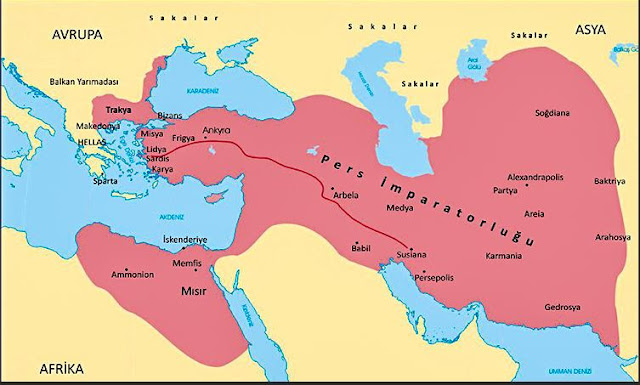Brundisium City in the Calabria region of southern Italy , on the Adriatic; it became one of the most impor-tant ports and harbors in the empire.
With its natural port facilities and location, Brundisium was the gateway for shipping activity in the southern Adriatic, in Greece and in much of Asia. Commerce and trade to all of Italy star ted through the city and moved along the VIA APPIA , which stretched northward. Roman domination of the sea lanes relied upon Brundisium as a naval
cornerstone, along with RAVENNA, AQUILEIA and MISENUM for the eastern Mediterranean. In the Civil War between Caesar and Pompey in 48 B.C.E., Marc Antony (Marcus Antonius) used it as the launching point of an invasion of Asia. Brundisium, Treaty of Pact signed in the later part of October 40 B.C.E. between Marc ANTONY and Octavian (AUGUSTUS), after the battle of PHILIPPI in 42 C.E., in which the forces of the SECOND TRIUMVIRATE had defeated the LIBERATORS led by CASSIUS and BRUTUS. Following Philippi, great tension remained between the forces of Antony and Octavian, with all of Italy prepared for war . The death of Antony’s troublesome wife
With its natural port facilities and location, Brundisium was the gateway for shipping activity in the southern Adriatic, in Greece and in much of Asia. Commerce and trade to all of Italy star ted through the city and moved along the VIA APPIA , which stretched northward. Roman domination of the sea lanes relied upon Brundisium as a naval
cornerstone, along with RAVENNA, AQUILEIA and MISENUM for the eastern Mediterranean. In the Civil War between Caesar and Pompey in 48 B.C.E., Marc Antony (Marcus Antonius) used it as the launching point of an invasion of Asia. Brundisium, Treaty of Pact signed in the later part of October 40 B.C.E. between Marc ANTONY and Octavian (AUGUSTUS), after the battle of PHILIPPI in 42 C.E., in which the forces of the SECOND TRIUMVIRATE had defeated the LIBERATORS led by CASSIUS and BRUTUS. Following Philippi, great tension remained between the forces of Antony and Octavian, with all of Italy prepared for war . The death of Antony’s troublesome wife
FULVIA paved the way for peace. Two envoys, Asinius Pol-lio representing Antony and Maecenas representing Octavian, hammered out an accord. Marcus LEPIDUS was to remain in Africa as the impotent third triumvir, but the rest of the Roman world was split between Antony andOctavian. Antony received the east, and Octavian the west, the boundary line running through DALMATIA , with Italy accessible to both. They could both appoint consuls,and Octavian ceded Antony five legions belonging to CALENUS. Individuals proscribed by both parties were pardoned. The two triumvirs embraced. Antony then warned his new ally of a plot against him instigated by Salvidienus Rufus, Octavian’s general in Gaul, while Octavian gave Antony his sister OCTAVIA in marriagea union doomed to failure. As the men grew distant, so did the spirit of the treaty. Though reaffirmed in 37 B.C.E., with the Treaty of TARENTUM, Antony’s infatuation with the East, and Octavian’s increasing power in the West, propelled them into conflict that was finally resolved at the battle of ACTIUM in 31 B.C.E.
M. Bunson, Encyclopedia of the Roman Empire, 2002, USA, New York.
M. Bunson, Encyclopedia of the Roman Empire, 2002, USA, New York.










Yorumlar
Yorum Gönder
Düşünceleriniz Bizim İçin Önemli Lütfen yorum Bırakmayı Unutmayalım...